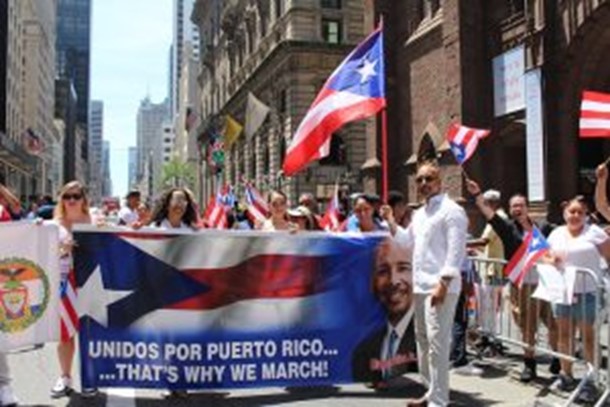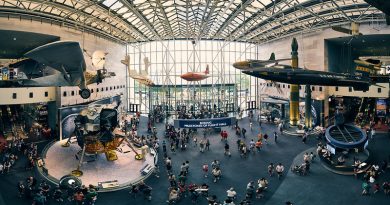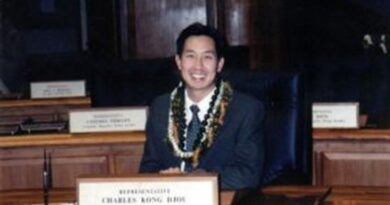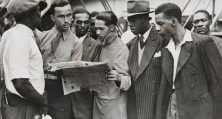The Puerto Rican Diaspora
The Puerto Rican diaspora is overwhelmingly centralised in the United States due to the former essentially being a part of the latter. Puerto Ricans comprise 10% of the United States’ total Latin American population, a number of around 5.6 million. The population is mainly based in New York although major centres exist elsewhere on the Northeast Coast including Massachussetts, Pennsylvania, New Jersey and Connecticut while a major community also exists in Florida. Lesser populations exist in the Midwest and the West Coast. The Puerto Rican diaspora in America is a thoroughly unique one which grapples with issues of identity and nationality. While Puerto Rico is technically categorised as an ‘unincoporated territory’ of the United States, it has a wholly singular culture that differs from the United States. Puerto Ricans are entitled to American citizenship, but lack a number of political rights. They lack representation in the United States senate and are unable to vote for the President or the Vice President of the United States.
Puerto Rico’s original inhabitants are the indigenous Taino people, who first came into contact with the West during Christopher Columbus’ second voyage to the Americas in 1493. Since then, the island has been the victim of takeover attempts by the French, the Dutch and the British, causing considerable oppression on its native population and also giving it a vast array of cultural influences, which contributed to its unique modern identity. It remained a territory of the Spanish Empire for over 400 years, functioning as an important strategic outpost. It fell under American control in the wake of the Spanish-American War, and has remained a territory ever since.
The American sovereign control of Puerto Rico has ensured the former country’s status as the main emigration centre by a significant margin. Puerto Ricans have been granted freedom of movement ever since the implementation of the Jones-Shafroth Act of 1917, which endowed all Puerto Ricans with American citizenship. Despite this, Puerto Rican migration to the United States preceded American sovereignty due to the abundance of economic opportunities available there. It increased significantly following its absorption into the United States and the removal of immigration restrictions.
Puerto Rican immigration to the United States cannot be talked about without mentioning New York City, the unequivocal hub of the mainland Puerto Rican community.
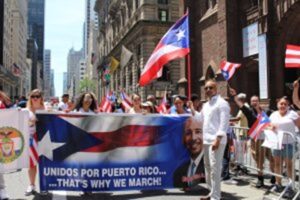
60th Annual National Puerto Rican Day Parade, Ruben Diaz Jr, Flickr Creative Commons
Puerto Ricans comprise 9% of the city’s total population and 5.5% of the state’s total population. A small community took up residence in the early 20th Century before exploding with ‘The Great Migration’ at the mid-point of the century. World War II had created significant labour shortages in major American urban centres, particularly New York City, which caused a major influx of Puerto Rican migrants filling in the employment vacancies. Many of these immigrants settled permanently and a community was quickly consolidated in Brooklyn, the Bronx and particularly Spanish Harlem and Loisada. The Puerto Rican community expanded throughout the city and boasts a significant presence throughout the Five Boroughs. Puerto Rican New Yorkers have earned the nickname of ‘Nuyoricans’, an indicator of their prevalence and cultural influence throughout the city.
Other significant Puerto Ricans include that of Philadelphia, the second-largest in the country. An overwhelming three-quarters of the city’s Hispanic population and 8% of the city’s total, Puerto Rican Philadelphians are a major cultural force. The Puerto Rican community of Philadelphia has existed since the beginning of the 20th Century and has in some cases fed off of the larger community in New York City. It is amongst the fastest-growing Puerto Rican communities in the country, notably eclipsing that of Chicago in recent years. Pennsylvania is the second most-popular immigration destination in the country after the much-closer Florida. The impact of natural disasters and escalating crime upon Puerto Rican has seen migration rates soar in recent years.
While Chicago’s Puerto Rican community is arguably in decline, at least in terms of population, it is without a doubt one of the most important and significant centres in the country. Puerto Rican settlement in Chicago dates back to the early 20th Century. The first wave of Puerto Ricans to arrive in the city were those who had previously settled in New York City and were looking for opportunities they could not attain in the city.
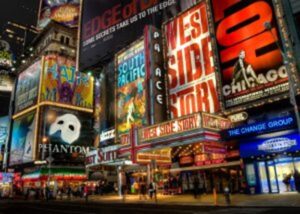
West Side Story, Randy Lemoine, Flickr Creative Commons
Initially centralised in the city’s downtown, it has been continuously displaced over the remaining course of the 20th Century. Now mainly based around the city’s West Side, a notable feature is the ‘Paseo Boricua’ in Humboldt Park, the cultural and economic epicentre of the Puerto Rican community. It is adorned with a wealth of murals and there are an abundance of restaurants and businesses owned by Puerto Rican Chicagoans.
The Puerto Rican diaspora is amongst the most significant in the United States, something which is reinforced by its unique albeit sometimes strained relationship to the country. Despite this, its cultural impact is undeniable, especially in major urban centres such as New York City and Chicago. The Puerto Rican Day Parade, which can be found in all major cities with large Puerto Rican populations, is a testament to the community’s significance in the country.
main image: Ricky Martin at the annual Puerto Rican parade in New York City. © Brian from Hoboken, New Jersey, USA – IMG_5234

